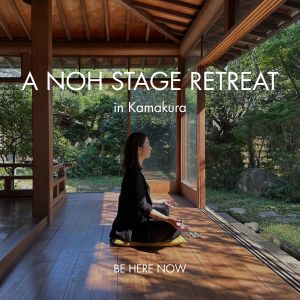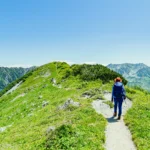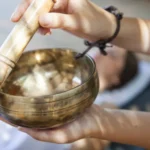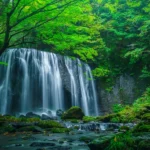Japan, from March to May, is a season of profound transformation and rebirth. As winter’s last remnants melt away, nature awakens with an explosion of vibrant colors and renewed energy.
This period offers you unique opportunities to engage in wellness activities that align with the season’s inherent themes of cleansing, growth, and rejuvenation.
Spring Wellness Activities
Detoxify with Wild Edible Plants
After the colder months, your body naturally seeks to cleanse itself, and spring provides an abundance of natural resources to aid in this process. Wild mountain vegetables, like fukinoto (butterbur sprout), takenoko (bamboo
shoots), and kogomi (ostrich fern), are rich in vitamins, minerals, and dietary fiber. They are also believed to have detoxifying properties that help purify your body and support liver function. Incorporating these seasonal ingredients into your diet is a time-honored tradition and a delicious way to embrace spring wellness.
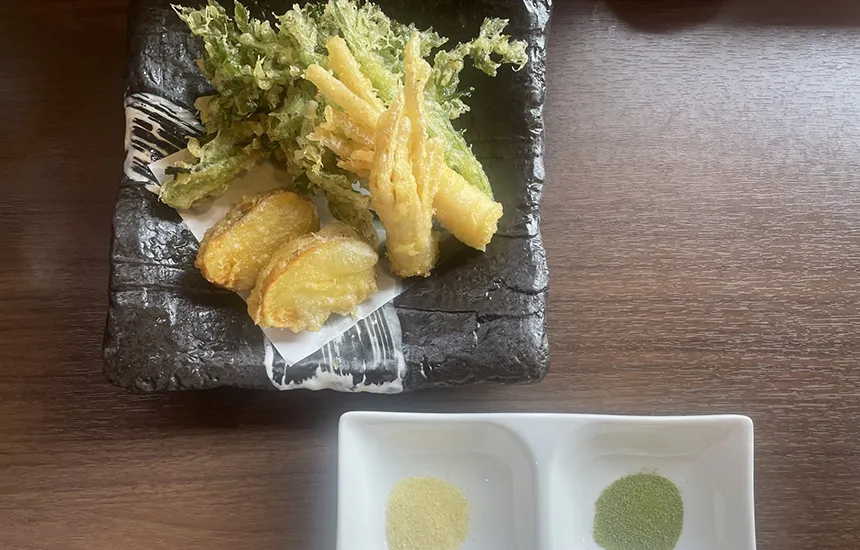
Cleanse Your Mind and Body with Meltwater Springs
As snow thaws in the mountains, it gives rise to an abundance of pure, meltwater springs. This pristine water,
often rich in minerals, is considered highly beneficial for your health. Drinking this freshly melted spring water is believed to hydrate your body, support kidney function, and gently flush out toxins. Many regions across Japan boast famous spring water sources that have been revered for centuries for their purity and healing properties.
Visiting a natural spring or enjoying dishes prepared with this pure water can be a deeply restorative experience for you.

Find Tranquility with Cherry Blossom Viewing (Hanami)
Perhaps the most iconic symbol of spring in Japan is the cherry blossom, or sakura. While visually stunning,
hanami (cherry blossom viewing) is also a powerful wellness activity. Gathering under the blooming trees, often with loved ones, fosters a sense of joy, tranquility, and connection with nature. The ephemeral beauty of the sakura reminds you of impermanence and the preciousness of the present moment, encouraging mindfulness and appreciation. Spending time in nature, surrounded by the delicate beauty of the blossoms, has been shown to reduce stress, improve mood, and enhance your overall well-being.
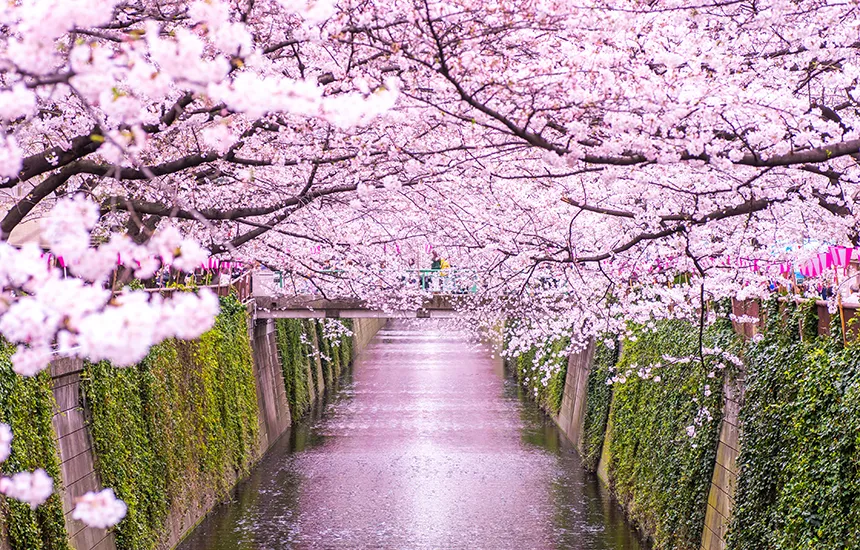
Align with the 24 Solar Terms and 72 Micro-Seasons (Nijushi Sekki ShichijuuniKo)
The concept of Nijushi Sekki Shichijuuni Ko (24 Solar Terms and 72 Micro-Seasons) further enriches your understanding of spring in Japan. This ancient calendar system divides the year into precise micro-seasons, each with unique characteristics and subtle shifts in nature. For instance, early spring might begin with “East Wind Thaws the Ice” (Tofū Kōri wo Toku), followed by “Yellow Wagtails Sing” (Kōō Kenkansuru), and then “Fish Appear on Ice” (Uo Kōri ni Noboru). Understanding these micro-seasons encourages a deeper connection to nature’s rhythms and allows you to tailor your wellness practices to the specific energy of each fleeting moment.
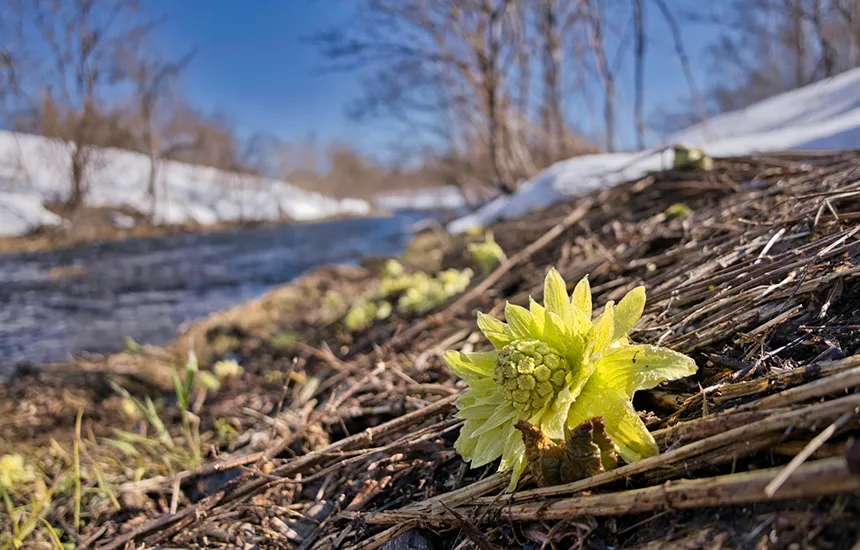
Relax in Onsen
Japanese hot springs, or onsen, offer year-round wellness benefits, but they hold a special appeal in spring. As the weather becomes milder, outdoor rotenburo (open-air baths) provide a serene setting for you to relax and soak in
mineral-rich waters while surrounded by blossoming trees and lush greenery. The warmth of the water combined with the cool spring air creates a truly invigorating experience, aiding in muscle relaxation, improving circulation, and promoting a sense of calm. Many onsen towns are nestled in picturesque natural settings, making them ideal destinations for your rejuvenating spring getaway.

Japan’s Diverse Areas and Spring Wellness
Northern Japan’s Spring
In the northern regions, where snow lingers longer, spring’s arrival signifies the transition from winter’s quietude to a period of renewed outdoor activity. You may find wellness experiences centered around the first shoots of spring, or the last opportunities to enjoy snow-related activities before they give way to green.
Southern Japan’s Spring
In contrast, warmer southern regions experience an earlier and more vibrant spring. Wellness activities might revolve around the abundance of fresh seafood and vegetables that become available. Coastal areas may offer you opportunities for invigorating walks along the newly vibrant shores, or the chance to enjoy a traditional onsen bath amidst blooming flowers.
Cultural Experiences for Well-being
Japanese spring is also a time for cultural experiences for well-being. Many traditional festivals and rituals take place during this season, celebrating new beginnings and a bountiful harvest. Participating in or observing these events can offer you a profound connection to Japanese culture and community, fostering a sense of belonging and cultural immersion.
These experiences, whether it’s a local matsuri (festival) or a quiet tea ceremony, contribute to your holistic well-being by nurturing your spirit and mind.





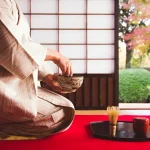
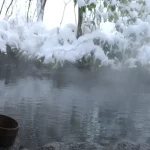
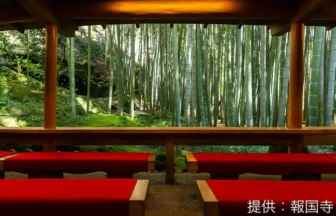
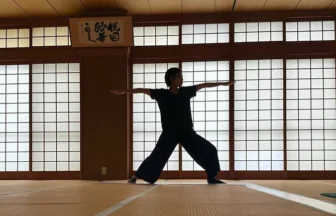
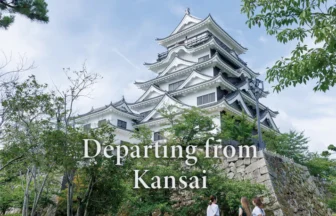
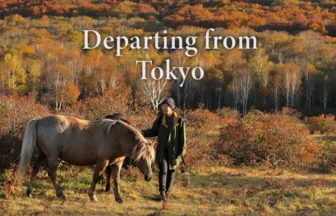
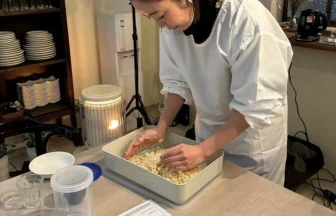

 Sponsored
Sponsored

